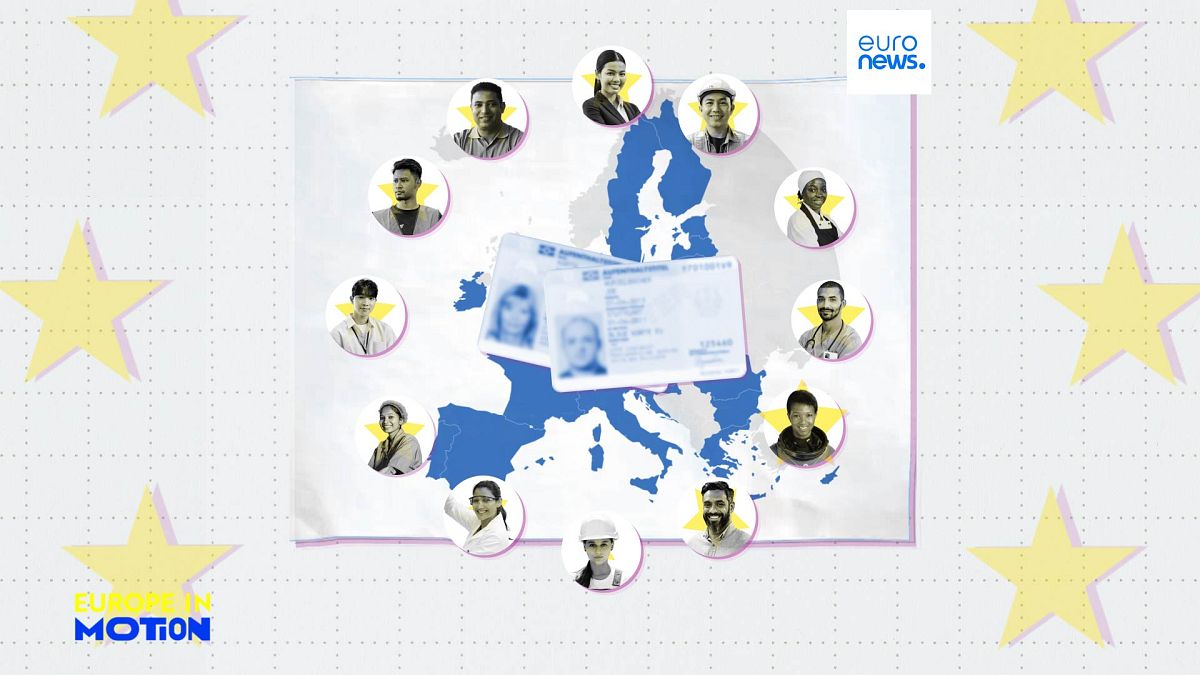The latest report on the Blue Card shows that Germany welcomes the most workers from outside the EU of all the bloc’s member states.
Berlin issued about 69,000 of these permits, 78% of the EU’s total 89,000.
Poland will be second with 7,000, followed by France with 4,000, says Eurostat.
The Blue Card is considered a golden ticket for highly skilled professionals in non-EU countries. Denmark and Ireland are the only countries that do not issue these permits at all.
What kind of salary does the blue card guarantee?
This special visa also guarantees minimum annual total salary, even in countries without legal minimum wages, such as Italy, Sweden, Austria and Finland.
Thresholds vary widely. From €68,000 in the Netherlands to just €16,000 in Bulgaria.
The EU Blue Card Directive also suggests that employers pay cardholders at least 1.5 times the average in their respective countries.
It is called a “rule of thumb.” Numbers from each country are indexed annually.
Who is snapping the bluest card?
Indians lead the pack with 21,000 cards – almost a quarter of the total (24%) followed by Russians (9,000 or 11%), Turks (6,000 or 7%) and Belarusians (5,000 or 6%).
Eligibility for the blue card is relatively easy.
This requires a university degree or three years of related work experience in an application-related field. Blue cards may also be issued after a cycle of research that has participated in the EU.
The good news is that there are no language requirements.
This card also allows you to travel freely within the Schengen region if a permit has been issued by the Schengen country (Cyprus is the only exception in the Blue Card country).
Are there other ways to move to the EU for highly skilled workers?
The Blue Card is not the only visa that allows work and stays with non-EU workers.
In 2023, EU countries granted almost 11,000 “intra-company transfer permits” to allow advanced citizens from third countries to move to EU branches of international companies.
The Netherlands issued a quarter of that (2,700), followed by Germany and Hungary (1,900 or 18%), France (1,500 or 14%), and Spain (1,100 or 10%).
Most recipients were Indians (3,900 or 36% of all permits), Chinese (1,600 or 14%) and Koreans (1,300 or 12%).








